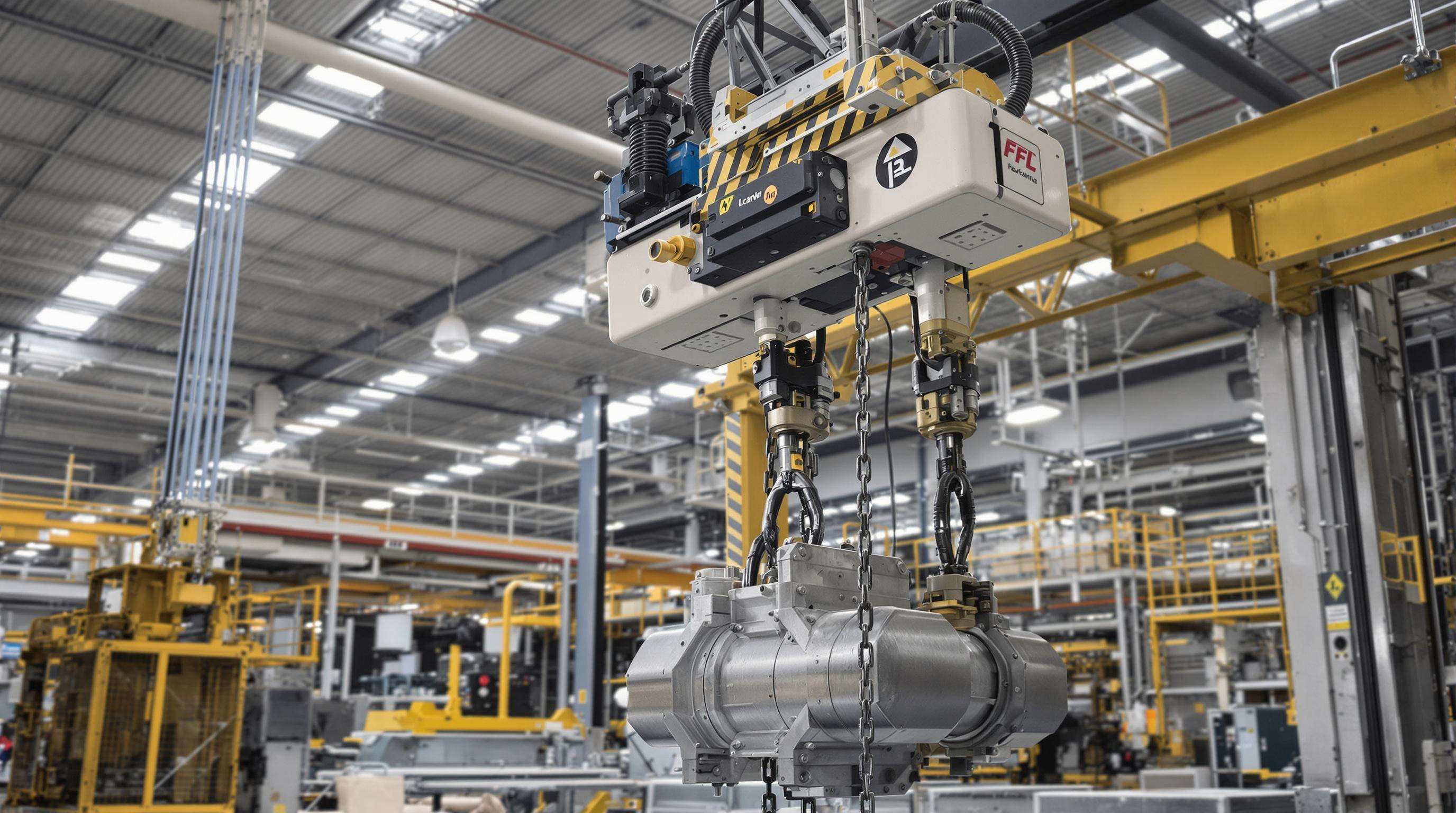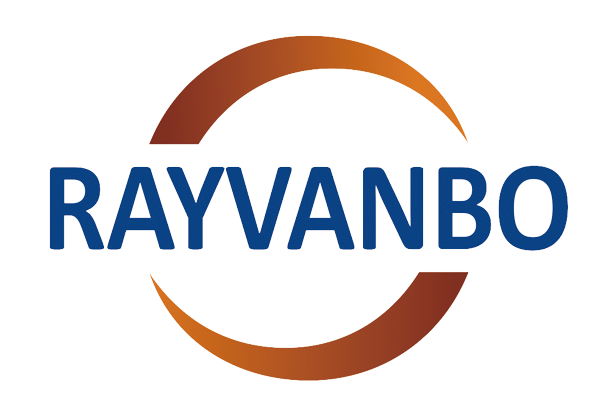Introduction to Electric Chain Hoist Benefits in Industrial Settings
Industrial operations increasingly depend on advanced lifting solutions to streamline workflows and mitigate risks. Electric chain hoists have emerged as critical tools for safe material handling, combining precision motorization with robust safety protocols.
These hoists improve efficiency with load-sensing variable-speed controls and reducing waste by protecting the motor with a high torque clutch. They are so versatile that they can be used in automotive factories as well as construction sites, with capacities of anything from 250kg up to 20+ tonne. Working in conjunction with lower maintenance requirements when compared to manual alternatives, electric chain hoists make great investments for companies that place a premium on their ability to scale operators without increasing the company’s liability.
Enhanced Safety Features of Modern Electric Chain Hoists

Modern electric chain hoists prioritize worker protection through engineered safety systems that address historical industrial lifting risks.
Automated Lifting Systems Minimizing Human Error
Programmable logic controllers (PLCs) in electric hoists eliminate hazardous manual adjustments, with sensor-guided positioning maintaining optimal load trajectories to prevent collisions.
Integrated Safety Mechanisms for Load Control
Dual-stage load monitoring combines real-time strain gauges with predictive algorithms to prevent overload scenarios. Below-the-hook devices automatically detect improper sling angles exceeding 45°, triggering immediate operation suspension.
Fall Protection and Emergency Braking Systems
Magnetic fail-safe brakes engage within 0.3 seconds of power interruption, holding loads securely at current elevations. Dual independent braking circuits provide redundancy for critical lifts, while anti-fall hooks with secondary latches maintain load security.
Increased Efficiency with Electric Chain Hoist Motorization

Electric chain hoist motorization revolutionizes material handling through programmable controls and advanced motor designs.
Precision Speed Control for Time-Sensitive Operations
Modern hoists offer variable lifting speeds ranging from 0.8 m/min to 15 m/min, allowing operators to match pace with task requirements.
Reducing Downtime Through Consistent Performance
Sealed IP55-rated motors and thermally protected gearboxes significantly reduce failure rates compared to older models. Predictive maintenance alerts through integrated IoT sensors further cut unplanned downtime.
Automotive Assembly Line Productivity Gains
A tier-1 automotive supplier implemented electric chain hoists, achieving:
| Metric | Improvement | Timeframe |
|---|---|---|
| Units assembled/hour | +35% | 6 months |
| Worker fatigue calls | -62% | Q3-Q4 |
| Energy cost/vehicle | $1.74 → $1.22 | Annual |
Cost-Effectiveness of Electric Chain Hoist Adoption
Reducing Labor Costs Through Mechanized Lifting
Electric chain hoists automate tasks that traditionally required 2-3 workers, significantly cutting labor costs.
Long-Term Maintenance Savings
Industrial operators achieve lower maintenance costs with sealed motors and corrosion-resistant chains reducing component replacements.
Energy Efficiency Metrics
Advanced electric models improve efficiency through regenerative braking systems and variable-frequency drives.
Versatility Across Manufacturing and Construction Applications
Electric chain hoists deliver unmatched adaptability across industrial sectors.
Adaptable Configurations for Overhead vs Mobile Use
Overhead hoists optimize workflow in facilities, while mobile variants dominate construction sites requiring repositioning.
Handling Capacities from 250kg to 20+ Ton Loads
Modern models cover an unparalleled load spectrum, eliminating the need for multiple specialized hoists.
Specialized Applications in Shipbuilding and Mining
Sector-specific adaptations meet extreme operational demands in shipyards and mining environments.
Ergonomic Advantages Reducing Workforce Strain
Electric chain hoists align heavy lifting with human biomechanical limits, reducing workplace injuries.
Musculoskeletal Injury Reduction
Facilities report significant declines in shoulder/back injuries post-implementation of mechanized lifting.
Remote Control Operation Benefits
Operators can position loads precisely from safe distances, reducing awkward body positioning and fatigue.
Noise Pollution Reduction
Modern electric hoists operate at lower noise levels, meeting OSHA’s hearing conservation thresholds.
Conclusion: Strategic Implementation for Competitive Advantage
Electric chain hoist integration elevates industrial operations, combining safety enhancements with quantifiable efficiency gains. Strategic adoption helps businesses outperform peers in operational uptime and cost optimization while future-proofing workflows against evolving industry standards.
FAQ
What are the main advantages of electric chain hoists over manual alternatives?
Electric chain hoists offer enhanced safety features, reduced labor costs, and improved efficiency due to their motorization and programmable controls, making them significantly advantageous over manual alternatives.
How do electric chain hoists enhance worker safety?
These hoists incorporate advanced safety mechanisms such as automated lifting systems, integrated load monitoring, and emergency braking systems to ensure worker protection and minimize accident risks.
In what industries are electric chain hoists most commonly used?
Electric chain hoists are commonly used in industries such as automotive manufacturing, construction, shipbuilding, and mining due to their versatility and adaptability for various applications.
How do electric chain hoists contribute to cost savings?
The automation of lifting tasks reduces labor costs, while sealed motors and advanced motor technology lower maintenance expenses, and energy-efficient models cut energy costs.
Table of Contents
- Introduction to Electric Chain Hoist Benefits in Industrial Settings
- Enhanced Safety Features of Modern Electric Chain Hoists
- Increased Efficiency with Electric Chain Hoist Motorization
- Cost-Effectiveness of Electric Chain Hoist Adoption
- Versatility Across Manufacturing and Construction Applications
- Ergonomic Advantages Reducing Workforce Strain
- Conclusion: Strategic Implementation for Competitive Advantage
- FAQ

